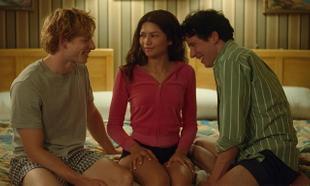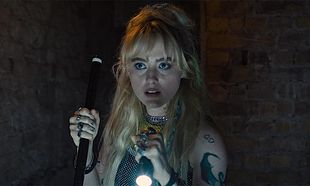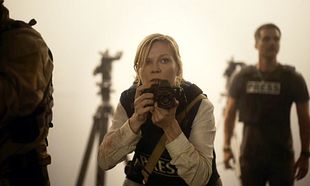Dr. Aidan MacCarthy, the focus of this cracking documentary, puts his survival down to his Irish Catholic upbringing… and luck. He puts an emphasis on luck. Either way, the man was blessed. How he survived what he endured is a puzzlement.
Growing up in Cork, Aidan MacCarthy was packed off boarding school before moving on to UCC to study medicine. It was then off to London where a lack of employment encouraged him to join the RAF just as England declared war on Germany. He was among the thousands stranded on the beach at Dunkirk, surviving three nights of bombing and then, having received the George Medal for saving three airman from a burning bomber that crashed on an airstrip, volunteered for service in Asia. He was in Singapore when it fell to the Japanese and spent the next four years in a POW camp, starved and beaten. He was then shipped to Nagasaki just as the Americans prepared to drop the bomb…
If that doesn’t sound like a great movie wait until you hear this:
In the late doctor’s home hangs a Japanese officer’s sword, the handle hosting the ashes of the former owner’s ancestors. But this is more than a souvenir, more than an action of surrender. With the sword is a photograph of the officer who owned the sword and on the back reads, ‘To my friend, Dr. MacCarthy. I give you this sword as a token of our friendship.’ What could bring a Japanese officer to hand over his sword, a humiliating gesture, to his enemy?
That’s exactly what interested director Gary Lennon and that’s the narrative that becomes the drive of A Doctor’s Sword, a thoroughly engaging documentary based on MacCarthy’s own memoirs, A Doctor’s War. He follows MacCarthy’s daughter Nicola to Japan as she tries to hunt down the officer’s family. MacCarthy was always silent on his travails in Asia and so this was a mission of discovery for his daughter and family.
Using archive war footage, some arresting animation to bulk up the more active scenarios of the story (Dunkirk, the burning bomber, the camp), it is an interview with RTE radio MacCarthy conducted in 1994 that forms the backbone; the doctor’s soft tones and unassuming manner working as narrator.
Wonderful stuff.








































































